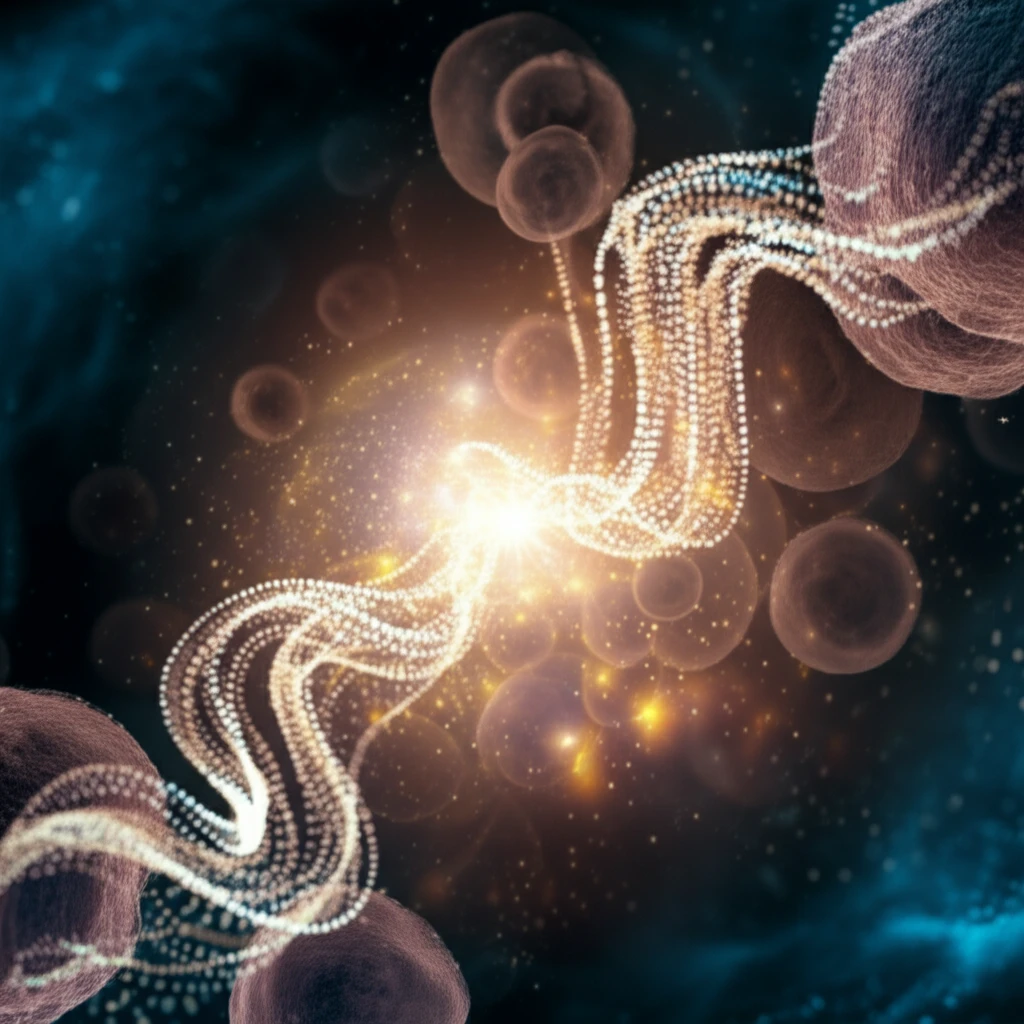
Wound Healing Breakthrough: Can Strain-Based Therapies Like Massage Actually Work?
"New research explores how mechanical strain, similar to that from massage or vacuum compression, impacts fibroblast function and could optimize wound repair."
When injuries occur, our bodies kick into repair mode. However, in some cases, like chronic wounds or soft tissue damage, this process can stall. Clinicians are increasingly turning to therapies involving mechanical strain, such as vacuum compression and manual manipulation, but how these approaches work on a cellular level has been a mystery – until now.
Recent research has begun to unravel the connection between mechanical forces and wound healing. This exploration focuses on fibroblasts, the cells responsible for creating the connective tissue essential for wound closure. By understanding how these cells respond to strain, scientists hope to optimize therapeutic techniques and improve patient outcomes.
This article dives into the groundbreaking study that models myofascial release (MFR) – a form of manual therapy – in the lab. We'll explore how it affects fibroblast behavior, the role of nitric oxide (NO), and the specific signaling pathways involved. Get ready to discover how massage might actually help your body heal!
The Science of Strain: How Mechanical Forces Impact Wound Healing

To investigate the effects of mechanical strain, researchers created an in-vitro (in the lab) model that mimicked repetitive motion strain (RMS) and myofascial release (MFR). Human fibroblasts were subjected to these strains, and scientists tracked their wound-healing progress.
- RMS (Repetitive Motion Strain) Slows Healing: Cells subjected to RMS showed a significantly reduced rate of wound closure. This mimics scenarios where continued activity hinders healing.
- MFR (Myofascial Release) Can Help: A single dose of MFR partially counteracted the negative effects of RMS, suggesting its potential to improve healing in strained tissues.
- Nitric Oxide's Role: Strained fibroblasts showed increased sensitivity to nitric oxide (NO), a molecule known to regulate various cellular processes, including wound healing.
- Signaling Pathways: The study identified specific signaling pathways (PKG, PKC, and PI3K) that are altered by mechanical strain and influence the fibroblasts' response.
The Future of Strain-Based Therapies
This research provides valuable insights into how mechanical strain affects wound healing at a cellular level. While further studies are needed, the findings suggest that therapies like massage and vacuum compression may work by modulating fibroblast activity and nitric oxide signaling.
The identification of specific signaling pathways opens the door for targeted interventions. By understanding how to influence PKG, PKC, and PI3K, researchers may develop new therapies to accelerate wound healing and improve outcomes for patients with chronic wounds or soft tissue injuries.
Ultimately, this research underscores the importance of considering mechanical factors in wound healing. By harnessing the power of strain-directed therapies, we may unlock new ways to promote tissue repair and improve the lives of those suffering from persistent injuries.
